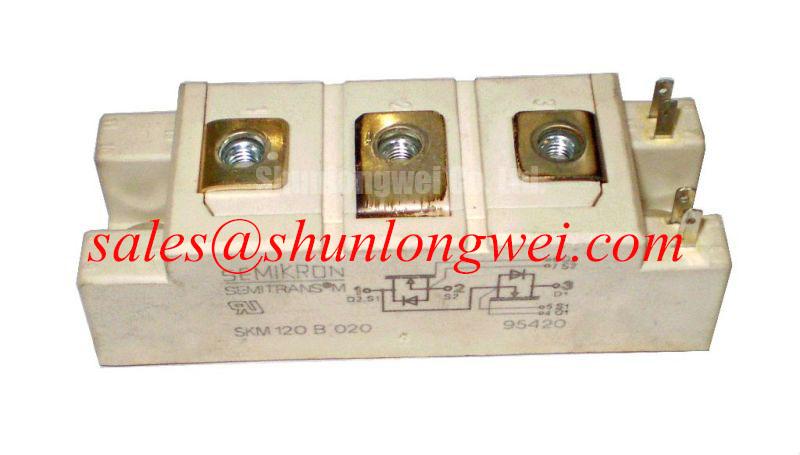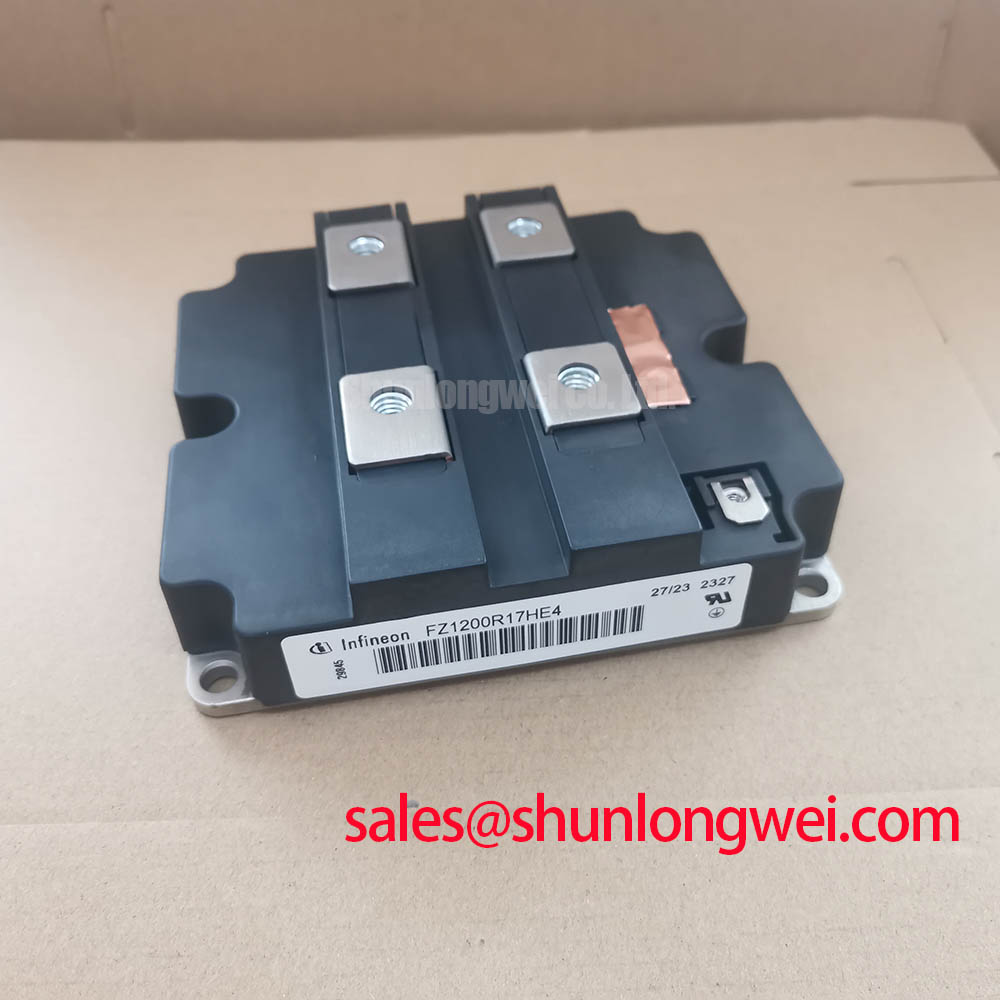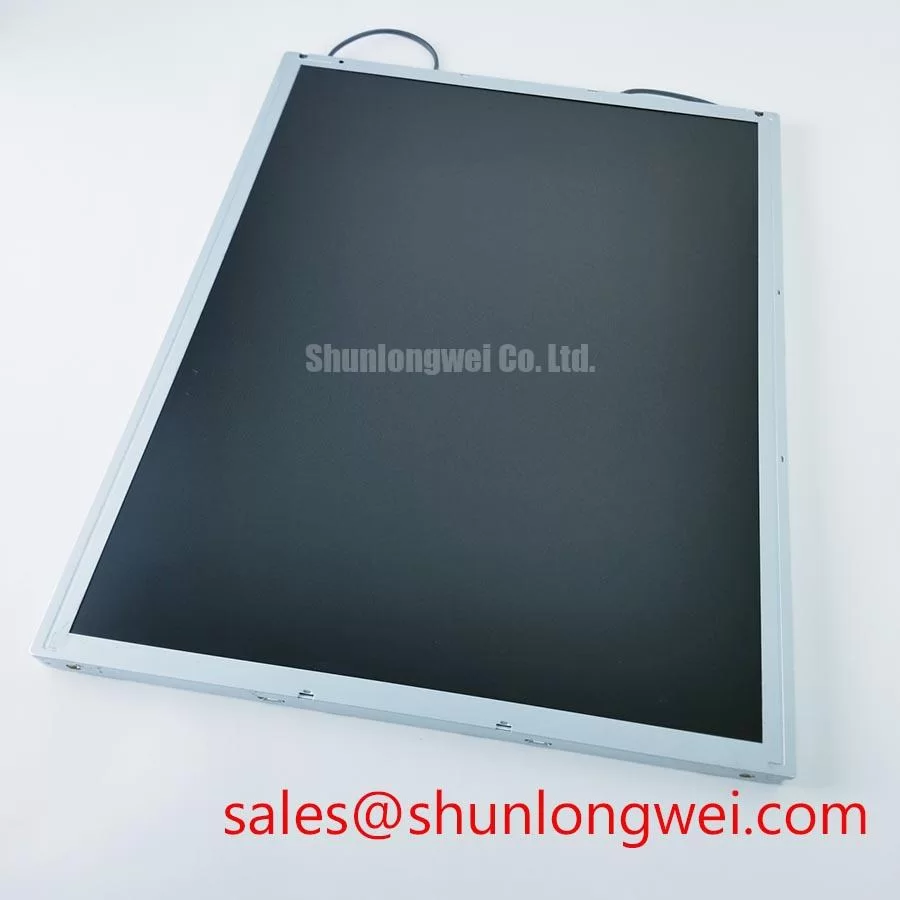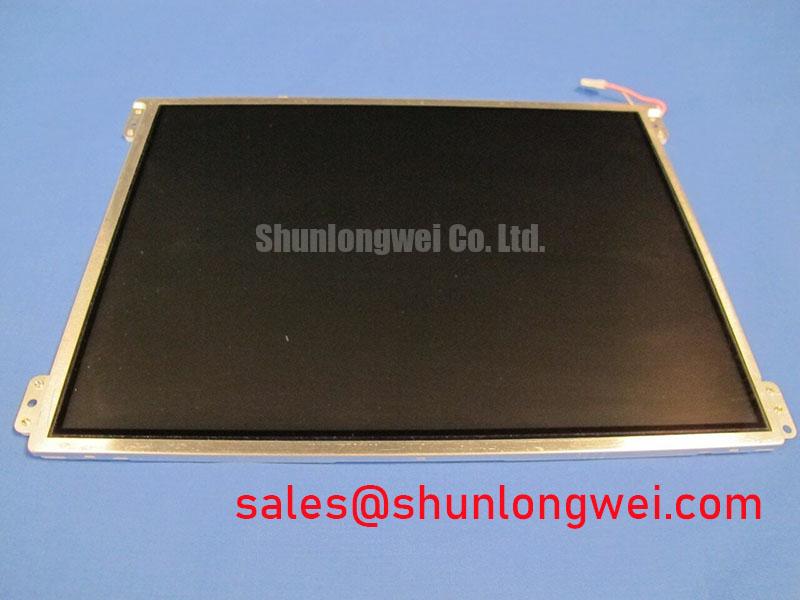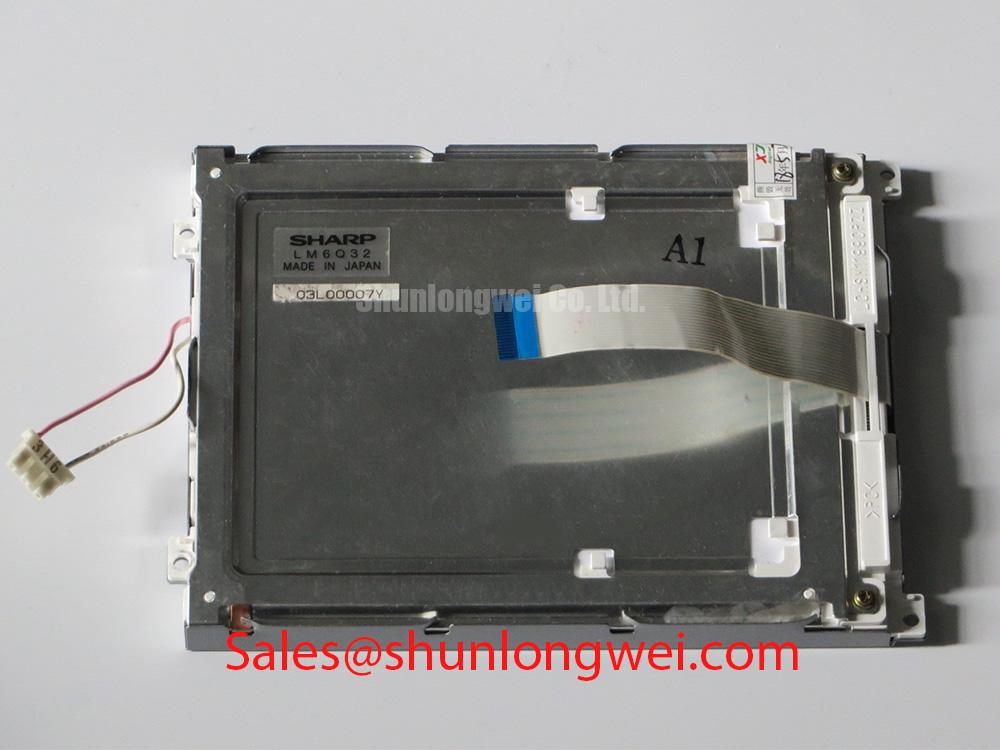LTM104S2-L01: An Engineering Review of the 10.4-inch SVGA TFT-LCD Module
The LTM104S2-L01 is a 10.4-inch SVGA amorphous silicon TFT-LCD, engineered for consistent performance in various integrated applications. Delivering a resolution of 800x600 pixels and a 6-bit color depth, this display provides a functional and reliable human-machine interface solution. Its design prioritizes a balance of optical performance, low power consumption, and a standardized LVDS interface, making it a straightforward component for system integration.
Application Scenarios & Value
System-Level Benefits in Industrial and Commercial Terminals
The LTM104S2-L01 is best suited for applications where clear, reliable visual output is necessary, but cutting-edge resolution or color depth is not the primary design driver. Its SVGA (800 x 600) resolution provides sufficient detail for displaying critical operational data, user interfaces, and status indicators in environments like industrial control panels, point-of-sale (POS) systems, and specialized AV equipment. What is the primary benefit of its standardized LVDS interface? It simplifies system integration and reduces electromagnetic interference (EMI), a crucial factor in complex electronic environments. The module's low power consumption is a key engineering advantage, enabling designers to manage thermal budgets more effectively and potentially reduce the need for active cooling, thereby lowering the total cost of ownership. For systems requiring a similar form factor but higher resolution, the G104XVN01.0 offers an XGA alternative.
Key Parameter Overview
Decoding the Specs for System Integration
The technical specifications of the LTM104S2-L01 underscore its role as a versatile and efficient display module. The panel's parameters are geared towards providing a dependable visual interface with straightforward integration characteristics.
| Parameter | Specification | Engineering Implication |
|---|---|---|
| Display Resolution | 800 (RGB) x 600 [SVGA] | Provides a standard resolution suitable for a wide range of legacy and new HMI applications without requiring high-end graphics processing. |
| Interface Type | 1 channel, 6-bit LVDS | Ensures robust signal integrity over short distances with lower EMI, simplifying motherboard and cable design. |
| Brightness | 200 cd/m² (Typ.) | Offers adequate luminance for indoor and controlled-light environments typical of industrial and commercial settings. |
| Viewing Angle | 45/45/15/35 (L/R/U/D) | Optimized for a primary operator viewing from a straight-on or slightly below perspective (6 o'clock direction), common in desktop or console-mounted devices. |
| Operating Temperature | 0 ~ 50 °C | Defines the reliable operational range, suitable for climate-controlled factory floors, retail, and office environments. |
Application Vignette
Enhancing Reliability in Point-of-Sale (POS) Systems
A key challenge in designing retail POS terminals is ensuring long-term operational reliability and a low total cost of ownership. The display, being the primary user interface, is a critical component. The LTM104S2-L01 addresses this with its low power consumption profile. This isn't just about energy savings; lower power directly translates to less heat generation. In a compact, often poorly ventilated POS chassis, excess heat is a primary cause of premature failure in surrounding electronics. By integrating a display that inherently produces less heat, engineers can design a more reliable, fanless system. The LVDS interface further contributes to system stability by minimizing electrical noise, which is critical in an environment with receipt printers, barcode scanners, and payment card readers that can be susceptible to interference. The result is a more robust and durable POS terminal that minimizes downtime and service calls.
Frequently Asked Questions (FAQ)
What does the '6 o'clock' optimal viewing direction mean for my design?
This indicates that the display's contrast and color are best when viewed from slightly below the center. This is ideal for desktop or kiosk applications where the user's eyes are naturally positioned above the screen, looking down.
Is the 262,144 color depth (6-bit) sufficient for modern user interfaces?
For its intended applications—such as industrial controls, data terminals, and standard POS systems—a 6-bit color depth is entirely adequate. It can render graphical user interfaces with clear differentiation without the need for the wider gamut required by high-fidelity video or photo editing.
How does the LVDS interface simplify the design process?
The LVDS (Low-Voltage Differential Signaling) interface uses fewer wires than a traditional parallel TTL interface and generates significantly less electromagnetic interference (EMI). This makes board layout simpler, reduces the need for extensive shielding, and helps the final product pass regulatory compliance testing more easily.
What are the key considerations for the CCFL backlight?
The LTM104S2-L01 utilizes a single CCFL backlight. Designers must account for the required inverter to power this lamp. While not as power-efficient as modern LED backlights, CCFL technology is mature and provides uniform brightness. The system design should ensure proper high-voltage management for the inverter.
Strategic Perspective
The LTM104S2-L01 represents a class of components engineered for stability and predictability. Its value lies not in pushing the boundaries of display technology, but in providing a proven, reliable, and easily integrated solution for established industrial and commercial markets. For design engineers and procurement managers focused on long-term product lifecycles and minimizing supply chain volatility, this display offers a practical and cost-effective foundation for building dependable HMI systems.







